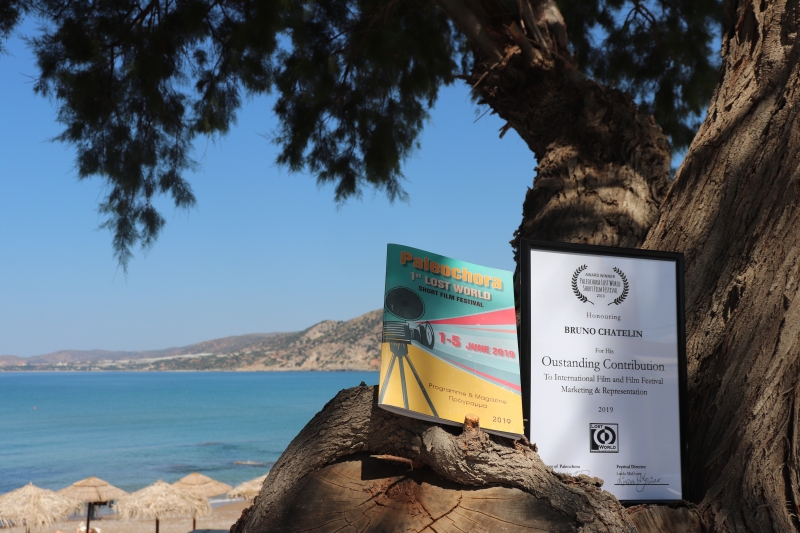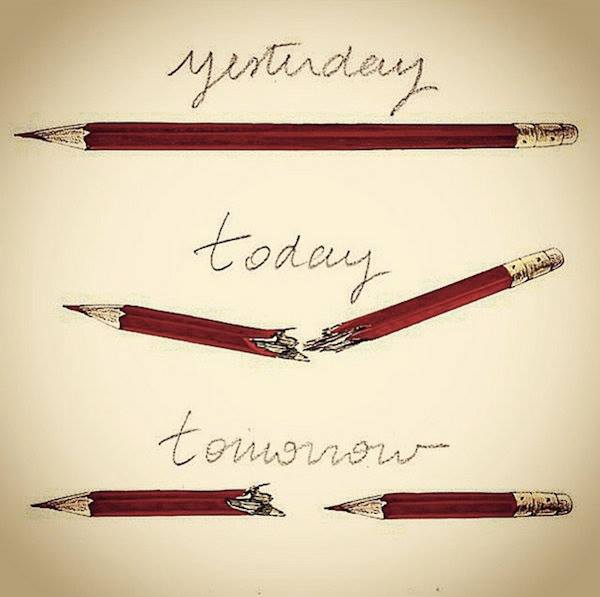James’ Journey to Jerusalem 1st Feature Length Film written and directed by Ra’anan Alexandrowicz.
Screenwriter and Director, Ra’anan Alexandrowicz, reveals how his indie film, James’ Journey to Jerusalem, came to life.
James, a Nigerian banker, lives in Israel on an expired tourist visa and cleans houses. Back home he and his people imagine the holy land as it is depicted in the Bible. This strong belief in an abstract, fantastic existence clashes with that of Israel’s reality. James is a real life man whom writer and director, Ra’anan Alexandrowicz, befriended in his life. Ra’anan used this true account to influence a fictional character’s story of hope in his small budget film, James’ Journey to Jerusalem (Israel, 2003). James’ Journey entered the film scene at the Directors Fortnight at the 2003 Cannes Film Festival, only to become a success at film festivals worldwide.
The previous anecdote is a true story, but the film is fiction. Ra’anan, who grew up in Jerusalem, directed documentaries prior to his success with James’ Journey. Ra’anan clarifies the distinction between documentary filmmaking and fictional accounts. He says, “I don’t see a connection. James’ Journey is fiction, [focusing on] people who you invent. There is a big difference in the responsibility when you work in this project. It is a contemporary tale; an exaggerated fantasy.”
In the imaginary village of Entshongweni, very far from western civilization, the young James is chosen to undertake a mission - a pilgrimage to holy Jerusalem. But Israel is no longer the Holy Land that James and his people imagined. At the airport, James is suspected of trying to infiltrate the country in order to work illegally. He is jailed and destined for deportation.
Inside the dark cell, as James prays to God to allow him to complete his mission, a miracle occurs. A mysterious stranger posts bail for him. But it soon becomes clear that James' freedom has come at a price - his savior is a manpower agent, who rescues illegal migrant workers in exchange for employing them in hard labor jobs.
From then on, James' journey to Jerusalem turns into an unpredictable journey through the cruel heart of our economic system. With good teachers, a bit of luck and some lateral thinking, James learns the tricks of the game and plays it towards an inevitable end. (Synopsis courtesy of www.james-journey.com)
Upon watching amazing film art, which details irony, contempt, joy, greed, and familial sensitivity, the audience is drawn towards James’ depiction of “what money does to people and society,” according to Ra’anan. What defines James’ Journey as an appeal towards human nature transcends beyond Israel. The film details “a modern economy [and] the way we interact as humans.”
At least eight languages are spoken in the film. The film is about 60% Hebrew, according to Ra’anan, and includes a South African language called Shagan, English, Romanian, Russian, Zulu and songs in a Ghana language called Akan. This variety emphasizes the eclectic nature of our world. Ra’anan chooses to use multiple languages because “we like society as homogeneous, but it’s not the way. As in America, for example, Israel too is comprised of many different languages.” Authenticity and respect are a result of ethnic diversity in James’ Journey.
Ra’anan stays with his crew throughout his filmmaking endeavors. He worked with the director of photography, Sharon De-Mayo, and the editor, Ron Goldman, on his documentary productions. Ra’anan leaves Sharon alone to do his job. He says, “I have a close cinematographic family. We are good friends. The director of photography and I spent months preparing. I know very little about the technical aspects. Regarding the lens and lights, I don’t interfere with his work. This statement emphasizes Ra’anan’s directorial role in the film, working alongside the “very professional and talented” Sharon, while focusing on instructing the actors.
Before his days as a director, Ra’anan attended Sam Spiegel Film School in Jerusalem, where he won awards for his short film Self Confidence LTD (1996). He says, “I didn’t know anything about film before I went to school.” The independent filmmaker recognizes the pros of film school because “it gets you going, in a mental state where you want to produce.” However, “it’s also a bubble, disconnected from reality.” The student turned filmmaker hopes to work in fiction and in documentary filmmaking. Ra’anan currently resides in Tel Aviv, where the city’s film fund, The Tel Aviv fund, helped to finance James’ Journey, along with the Israeli Film Commission.
James’ Journey results in an ironic ending which Ra’anan planned for from the beginning. He says, “It came in the early stages of writing. There it hits the tone perfectly: sometimes funny, sometimes dark. [The ending] portrays how to take this surreal story and bring satire and social comedy, like in a play.” To see this ending you can watch the film at its openings in New York, Los Angeles, and Boston.
Michelle Paster
Opening dates and locations:
March 5 at The Film Forum in NYC,
March 26 at The Laemmle Music Hall in LA, as well as in Pasadena and Encino, April 2 at Boston’s Kendall Square Theater
Festival circuit
Quinzaine des Realisateurs, Festival de Cannes 2003;
Golden Palm-Best Feature Film, Mostra de Valenica 2003;
Most Promising Asian Director, New Delhi Film Festival 2003;
Best Feature Film, Critics Award, Oslo Films From The South 2003
Michelle Paster is a freelance journalist and UCSB film studies graduate. Michelynn345@yahoo
 Chatelin Bruno
Chatelin Bruno 


























